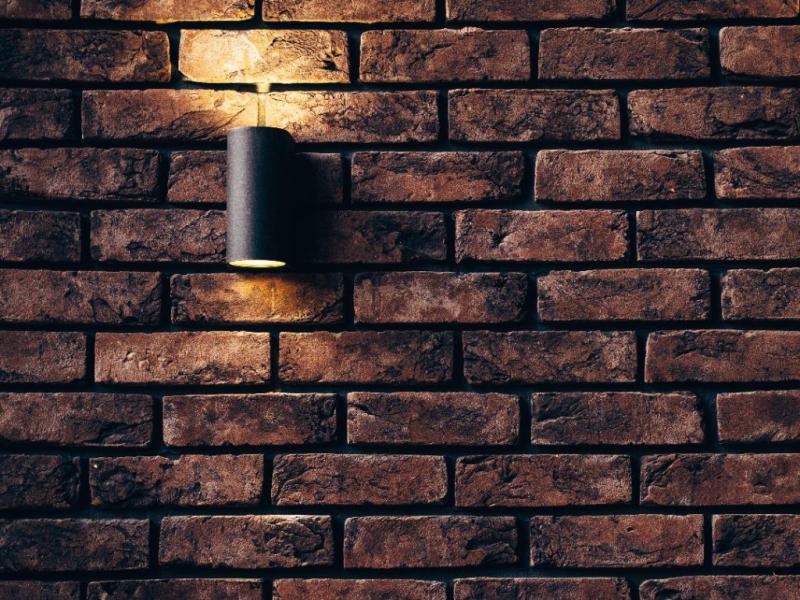How to Optimise Lighting in Your Home

Lighting is one of the most important elements in any home, but it’s also often overlooked. Poor lighting can make a room feel dull and uninviting, while good lighting can brighten up an entire space. Optimising your home’s lighting is an easy way to improve the look and feel of your house without having to make major renovations. To get you started, here are some tips for optimising the lighting in your home:
Add Accent Lights
Accent lights are great for adding drama and interest to any space. You can use art lighting to highlight artwork or architectural details as well as create focal points throughout your home. Wall sconces are perfect for providing ambient lighting while directing attention towards certain areas within a room. They also have the added benefit of freeing up valuable floor space. Spotlights mounted on ceilings or walls provide more direct illumination while still giving off an attractive glow when used correctly. They work especially well in kitchens and bathrooms where there is less natural light available.
Change your Lightbulbs
The lightbulb you choose can make a big difference in how your home looks and feels. It's important to think about what kind of atmosphere you want before choosing a lightbulb, as each type gives off a different kind of light. Incandescent and halogen bulbs are good for adding warmth to a room, while LED and CFL bulbs provide more energy-efficient alternatives that can save you money on your electricity bills. Additionally, LED bulbs come in different colour temperatures which range from warm white (3000K) to cool white (5000K). This allows you to choose a light bulb that best suits the atmosphere of the room.
Install Dimmers
Installing dimmers is an easy way to adjust the lighting in a room for different occasions or activities. Dimming your lights can help create a relaxed atmosphere for reading or watching TV, while brighter settings are perfect for entertaining or getting work done. You can also use dimmers to help you save energy since you won’t need to keep the lights at full brightness all the time. While dimmers do require some additional installation, it's a quick and easy way to instantly improve the quality of lighting in your home.
Consider a Layered Lighting Scheme
Layered lighting is an effective way to make sure your home has enough light while avoiding an overly bright atmosphere. You can achieve this by combining different types of lighting fixtures such as floor lamps, wall sconces, and ceiling fixtures. This will help provide ambient, task, and accent lighting throughout your home, creating a balanced lighting scheme that is both attractive and practical. It's recommended to use a combination of natural and artificial lighting to achieve the desired effect.
Think Natural Light
Natural light is the best type of light and it’s something that you should always consider when optimising your home’s lighting scheme. If you're on a budget, you can add mirrors to boost the natural light in your home. Mirrors reflect light, so they’re perfect for small areas or rooms that don’t get much sunlight. You can also invest in skylights to bring more sunshine into your space. Skylights are an investment, but they are worth it as they can transform an entire room and make it more inviting, bright and airy.
Incorporate Other Reflective Surfaces
Using reflective surfaces is another great way to increase the amount of light in your home. As well as mirrors, glossy finishes and metallic accents are perfect for bouncing light around a room and making it appear brighter. You can also use glass and white walls to reflect natural light and make a space appear larger. To learn more about how to use reflective surfaces in your home, check out this guide on How To Use Reflective Surfaces for Interior Design.
Change up Your Lampshades
Lampshades not only provide a decorative touch, but they also have an impact on the amount of light that is given off. White shades are best for reflecting light, while darker colours are better at absorbing it. If you want to make sure your lamps are producing enough light, try swapping out the shade for one in a lighter colour. A thinner lampshade will also help to spread the light more evenly throughout a room. Additionally, you could also choose a shade design that doesn't cover the bulb completely to allow more of the light to shine through.
With these simple tips, you'll be able to create a welcoming atmosphere that feels both cosy and inviting at all times of the day. Whether you're looking for soft ambient light or brighter task-oriented illumination, these tips will help you get started on creating a beautiful space filled with just the right amount of illumination!
More to Read:
Previous Posts:


